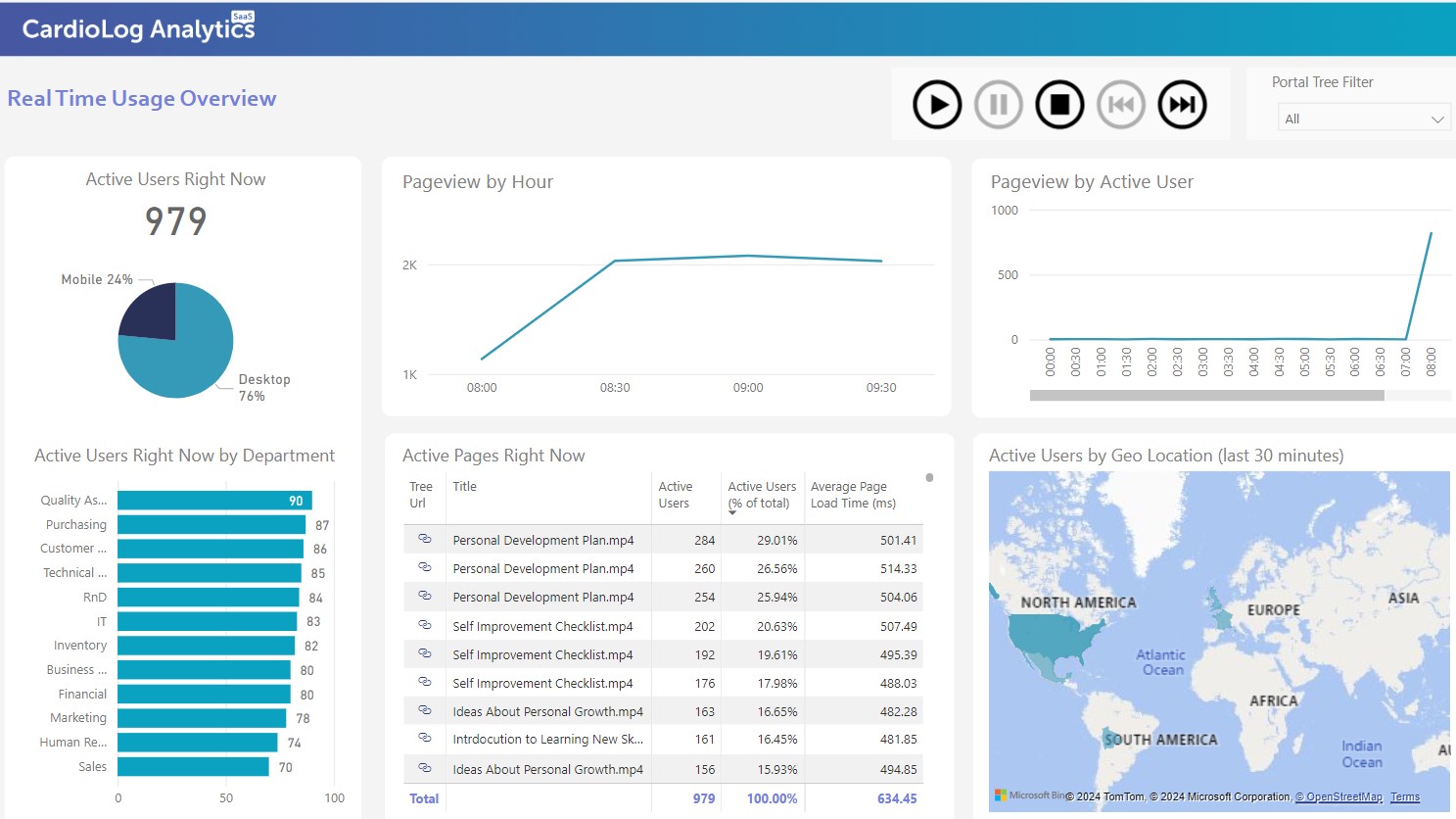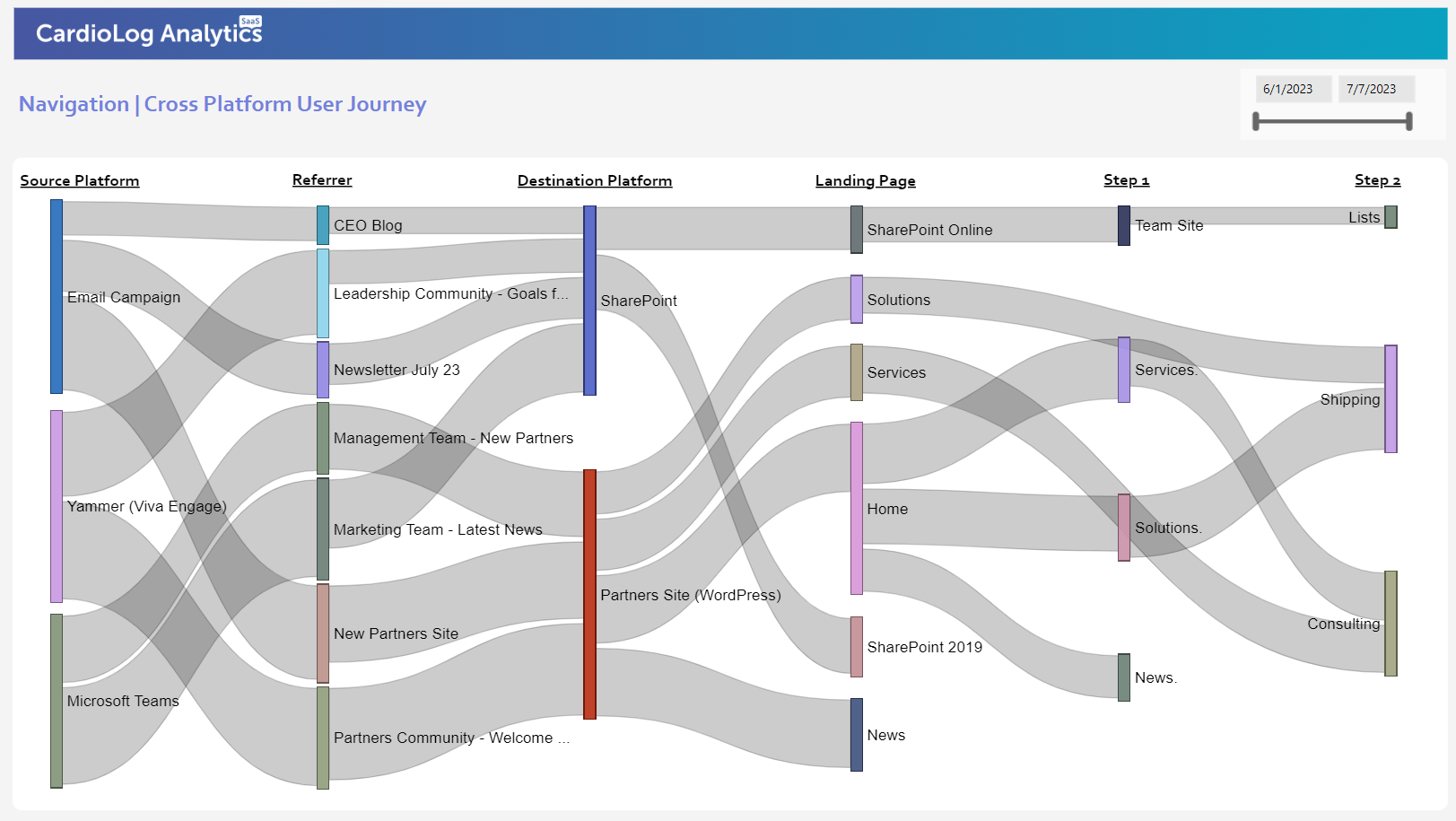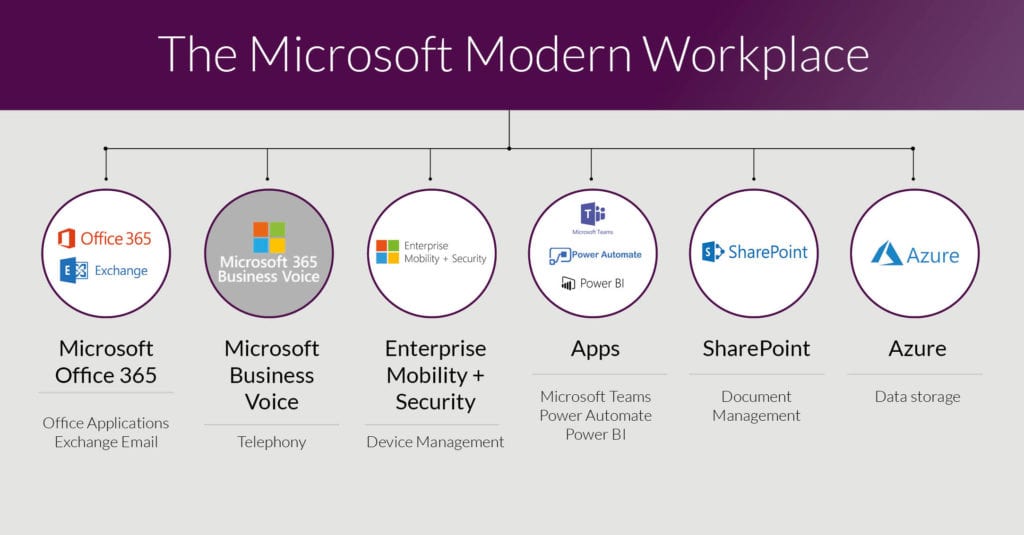Have you ever tried applying classic web analytic methodologies to your corporate portal? If so, you’ve probably noticed that although the basic metrics work properly, the interpretations of those metrics are not as straightforward as might be expected.
Finding a web analytic solution for a corporate portal is a process. It usually begins when whoever paid for the portal or is in charge of it wishes to evaluate the time and money invested in the portal in licenses, servers, add-ons, new functions, content, human resources etc. When the IT team receives such a request, it usually starts by implementing the company’s already existing web analytic tool, which is used for its external sites, on the portal. In some cases, a turnkey solution will be applied, such as WebTrends or Urchin, as the company’s users are not online. The IT team might even be able to do so without investing any more money.
The problem, however, is that although corporate portals may have a lot in common with company external sites, there are a number of fundamental differences that make web analytics techniques and tools almost completely ineffective when implemented on a portal. For example, they cannot provide answers to important questions such as “What is the conversion rate?”, “How good is the user engagement?” or “What are the most popular pages?”
How do I measure the portal’s ROI?
In his book “Web Analytics 2.0”, Mr. Avinash Kaushik stated three outcomes that all websites attempt to achieve:
- Increased revenues
- Reduced costs
- Improved satisfaction/loyalty
These parameters are relatively simple to measure when evaluating a website and there are numerous posts, articles and web analytic summits on the subject. However, it is much harder to measure and evaluate a portal, yet hardly any attention is paid to portal analytics. Moreover, the minimal information that does exist suggests implementing the same measuring methods for both websites and portal. We disagree.
In actual fact, it seems that many companies invest millions of dollars in their portals without the ability to control or measure their ROI. Often, they are of the assumption that there is no better way to evaluate their investment.
One or our clients had already applied a web analytic tool to the company portal when we first meet. The portal leader happily informed us that out of the 4,000 employees, 69.3% visited the site on a daily basis. Furthermore, he said that on a daily basis the amount of visits per user was extremely high. However, the bounce rate was 97.4% and the average pages per visit was a slightly greater than 1.
It turned out that the actual reason was that the portal homepage had been set as the default homepage on all of the computers in the organization.
There are two reasons for mentioning this story:
1. The person who evaluates the portal, i.e. the portal leader or an IT team member, often does not have the required web analytic skills or the necessary understanding of portals.
2. Even if the person doing the evaluations is a web analytic professional, portal analytics behave differently to regular website analytics (such as setting up the website as the default homepage on all company browsers.)
Are you sure that you are in control of your portal?
If you’re using SharePoint then you probably already know that your portal is growing by the minute. You may have dozens or even hundreds of site administrators. Every meeting, document or conversation can easily be transformed into a new site, resulting in millions of sites, pages, lists, list items, Wiki pages, personal sites and site directories. You may not have a clue what half the sites are for, who is using them, have they even been visiting during the past six months and is it safe to delete them. Even more worrying, employees can easily create a site and use it to store important company know-how and information – ensuring that upon leaving the company, the site and the knowledge leaves with them. This may all sound a little overwhelming, but this is what a portal is actually all about.
You have no need to worry though – we have a solution. CardioLog was designed specifically for the corporate portal world. It is intimately familiar with SharePoint and portal behavior, and has the ability to provide the necessary and correct data, metrics and reports for controlling portals and identify problems. My next post will discuss this issue exactly – how CardioLog can assist in better understanding and controlling corporate portals.












 Follow @cardiolog
Follow @cardiolog 